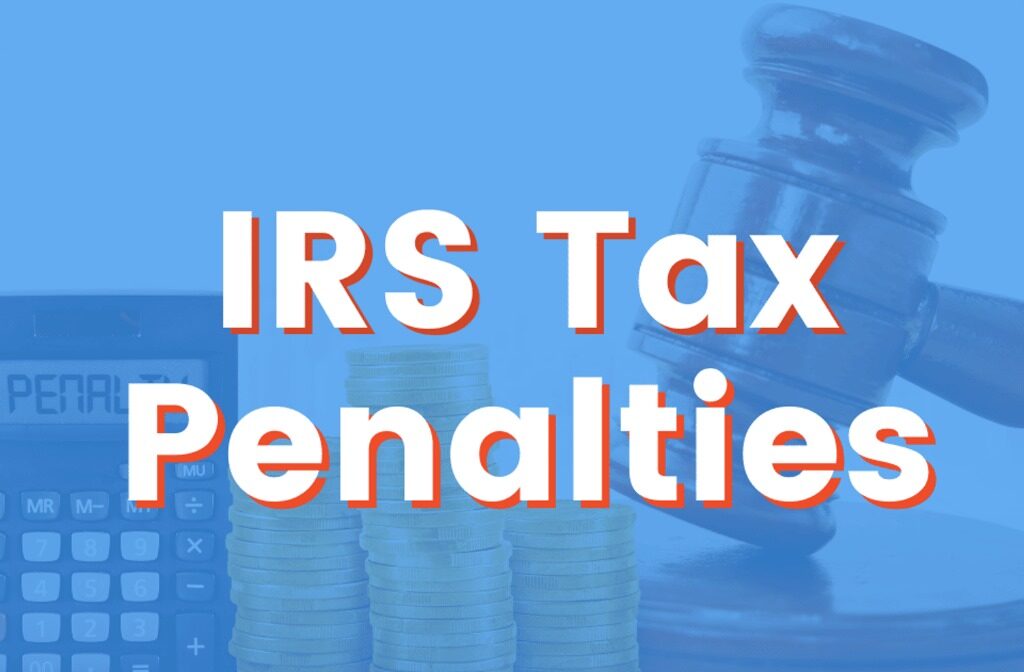Understanding the Home Sale Exclusion: A Tax Break for U.S. Homeowners

For U.S. taxpayers, selling a primary residence can come with significant tax savings, thanks to the home sale exclusion provision in the tax code. This exclusion allows homeowners to potentially exclude a portion of their capital gains from the sale of their home from their taxable income, leading to significant savings. Below, we’ll break down the key features, requirements, and exceptions of this tax benefit, which every homeowner should understand before selling their home.
- Ownership and Use Test
To qualify for the home sale exclusion, you must meet the ownership and use test. This means you must have:
- Owned the home for at least two of the last five years, and
- Lived in the home as your primary residence for at least two of the last five years before the sale.
These two years do not need to be consecutive, giving some flexibility to homeowners who may have moved temporarily or rented out their homes.
- Maximum Exclusion Limits
- $250,000 for single filers.
- $500,000 for married couples filing jointly.
- Frequency of Use
- Exceptions to the Rule
- Health issues.
- Changes in employment.
- Unforeseen circumstances, like divorce or a spouse’s death.
- Calculating Capital Gains
- Start with the sale price.
- Subtract your adjusted basis, which is usually the purchase price plus any capital improvements (e.g., remodeling or upgrades).
- Reporting the Sale
- Non-Qualified Use
Example: Partial Exclusion
Let’s look at an example. Mark purchased his home six years ago and lived there as his primary residence for four years before renting it out for the last two years. He now wants to sell.
Mark doesn’t meet the full two-out-of-five-year residency requirement for the last two years, but he may qualify for a partial exclusion. This is because he lived in the home for four years and rented it for two. The ratio of qualified use is 4 out of 6 years, or two-thirds (4/6 = 2/3).
If Mark made a profit of $300,000 from the sale, he can exclude two-thirds of the profit. The taxable portion would be one-third, or $100,000, and the remaining $200,000 would be excluded from his taxable income.
Seek Professional Advice
Calculating partial exclusions can get complicated, and tax laws can change. It’s always a good idea to consult with a tax professional or CPA to ensure you’re maximizing your tax benefits and correctly applying the home sale exclusion in your unique situation.
If you’re planning to sell your home or want to know more about the home sale exclusion, feel free to contact us for personalized tax advice.
FREE Consultation
Get a Free Consultation
Find out how we can serve you! Call 901-622-1188 or request a free consultation now.






